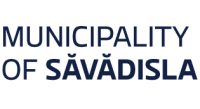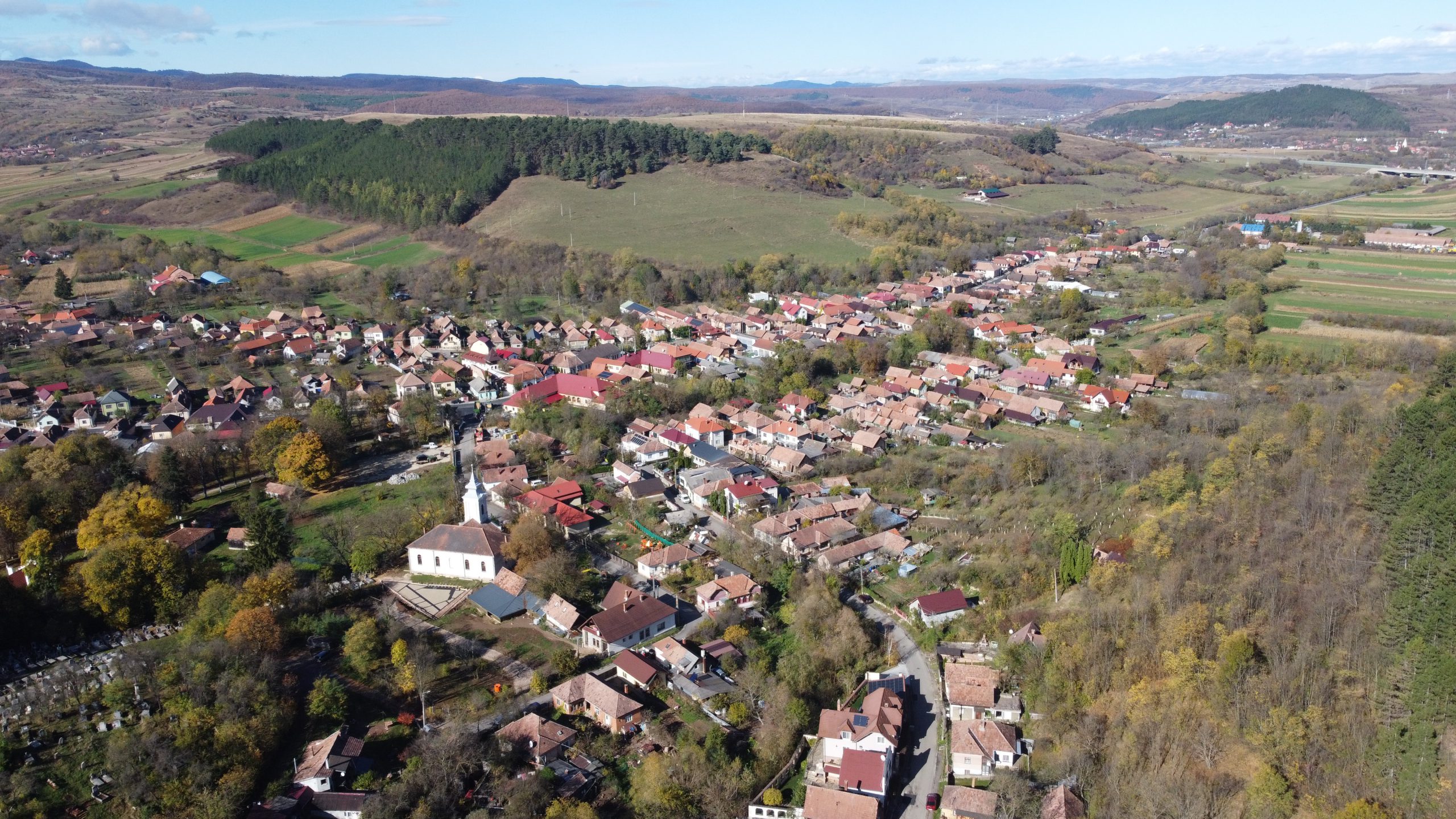Municipality of Săvădisla
- Home
- Municipality of Săvădisla
Municipality of Săvădisla
The municipality of Săvădisla is situated at the foot of the Gilău mountines and the Mare mountines, at the junction of three ethnographical units: the Călata (Kalotaszeg) region, the Arieș region and the Țara Moților. The municipality includes eight villages (Săvădisla, Vlaha, Finișel, Lita, Liteni, Hășdate, Stolna, Vălișoara). The municipality is situated in the watershed of the Fenes, Hășdate and Iara streams, which run down from the mountains, the Iara and Hășdate streams flow into the Arieș, the Fenes stream flows into the Someșul Mic. The villages are situated at an altitude of between 450 and 500 meters above sea level and cover a total area of 110 square kilometers.
The commune is crossed by the 107M county road connecting Luna de Sus with Buru, the 103V county road connecting Someșul Rece with Stolna and Vlaha with Vălișoara, and the 107J county road connecting Finișel with Plopi, as well as by the A3 highway. However, there is no junction built in the municipality, which would allow access to the highway.
The central village of the municipality, Săvădisla is named after the patron saint of its first church, St. Ladislaus (1040-1095), who was the king of Hungary between 1077 and 1095. The so called “knight-king” was canonized by the Roman Catholic Church in 1192. The first written record of the village dates back to 1285, when it is mentioned in a succession document under the name of S. Ladislaus.
Part of the villages of the commune (Finișel, Lita, Hășdate, Stolna, Vălișoara) are mainly of Romanian nationality, while the other part (Săvădisla, Vlaha, Liteni) is predominantly Hungarian.
At the time of the 2021 population census, the municipality had 4196 inhabitants, 2065 Hungarians, 1803 Romanians and 82 Romani. The most common religion in the village is Reformed. The census count of the population was 1,749 Reformed, 1,638 Orthodox, 180 Roman Catholic, 90 Pentecostal, 52 Jehovah’s Witness, 39 Greek Catholic, 26 Baptist and 22 Unitarian.
The population of the municipality has decreased steadily over the last decades, from 6221 in 1977 to 4777 in 1992, 4497 in 2002 and 4392 in 2011. The proportion of Romanian and Hungarian inhabitants has fluctuated between 50.2 – 49.4 percent in 1977 and 45.3 – 52.7 percent in 2011. The housing stock of the municipality in 2017 was 2,211, with nearly 70 percent of the homes having running water and sewerage.
The commune has a Hungarian-language secondary school in Săvădisla, and a Romanian one in Kisfenes, but also Romanian-language primary schools in Hășdate and Stolna, and a Hungarian-language primary school in Vlaha.
The municipality joined the metropolitan area of Cluj-Napoca in 2016 and from March 2024 buses of the Cluj Public Transport Company (CTP) run to the centre of the municipality. A significant proportion of its population commutes to Cluj-Napoca for work. Many of those who remain in the commune for work are involved in livestock breeding and agriculture, but many earn a living in construction, carpentry, tourism and the services.
The largest investor and employer in the commune is the Mendola Investment Group, headquartered in Vlaha, which owns the second-hand clothing recycling and whole sale company Roseco Ltd, Lamajole, a chain of second-hand clothing retailers, Nobila Casa, a chain of home furnishing retailers, Deco Center, a chain of home textiles retailers, Green Table, a catering company for employees at the Vlaha site, and Székely T. PFA, a company active in animal husbandry, dairy processing and the sale of dairy products. The group employs around 300 people at its site in Vlaha and a further 250 at its branches.
The region is linked to King Saint Ladislaus not only in name, but also in tradition and legend. The hilly area is home to a large number of fossilised shells, nummulites, which are remnants of the ancient seabed. The stones, which the locals call “stonemoney” or “Saint Ladislaus’ money”, are, according to legend, real fossilized coins. The knight-king pursued the intruding Kuns, who tried to gain a foothold by throwing away the stolen money. They hoped their persecutors would stop to collect the treasure. But King St. Ladislaus’ prayer turned the money to stone, and the chase carried on, and succeeded.
Săvădisla has the potential to become an attractive tourist destination due to its natural features, preserved areas and valuable monuments.
- Main Street, No. 35, Săvădisla Commune, 407505, Cluj County
- +40 264 374 275
- +40 264 374 275
- primsav@yahoo.com



